This time we go inside the imperial city of Cusco, and we will explore the Palace of the Inka Kusicancha, an archaeological site, it is said that in this place the emperor Pachacutec was born according to the Spanish chronicler Bernabe Cobo and spent part of his life with his family or royal panaka.
Also, the site presents vestiges of other cultures that inhabited before the Incas, we can see the courts, gutters, wells, archaeological remains, tombs, etc.
Table of Contents
To know better the enclosure, first we must know what Kusicancha means, a word that derives from Quechua that means "Happy Enclosure". The place was used as housing because its constructions had a square design or also called as courts, also found canals; they were largely destroyed by the Spanish and were used as bases for the new colonial constructions.
The Inca Tupac Yupanqui later called Pachacutec, before he would reside in this site, according to research conducted by the Regional Directorate of Culture of Cusco in which they identified the presence of three periods of pre-Inca settlements in the place: Cotacalle, Lucre and Killke and then the Inca construction was built, so in the place we will see different remains of the Incas.
Architecturally, the enclosures are of medium extension with a rectangular shape, the courts measure 48 m x 43 m in which they have a central distribution patio, as a base of the houses they used carved stones and for the upper part they used mud and straw as a roof.
In the place we will also see several water channels, it is believed that some were for domestic use and the others served as drainage. It is presumed that objects for rituals such as textiles and ceramics were made here, as well as drinks and food to be taken to the main temple of Qoricancha, which is right in front of this Inca site.
Finally, in the time of the Viceroyalty the place worked as barracks November 27, then suffered major disasters with the two strong earthquakes that shook the city of Cusco, on March 29, 2001 the Peruvian Army made delivery to the then National Institute of Culture for restoration since then the Ministry of Culture through the Directorate of Culture of Cusco are responsible for preserving the Palace Kusicancha we see today.
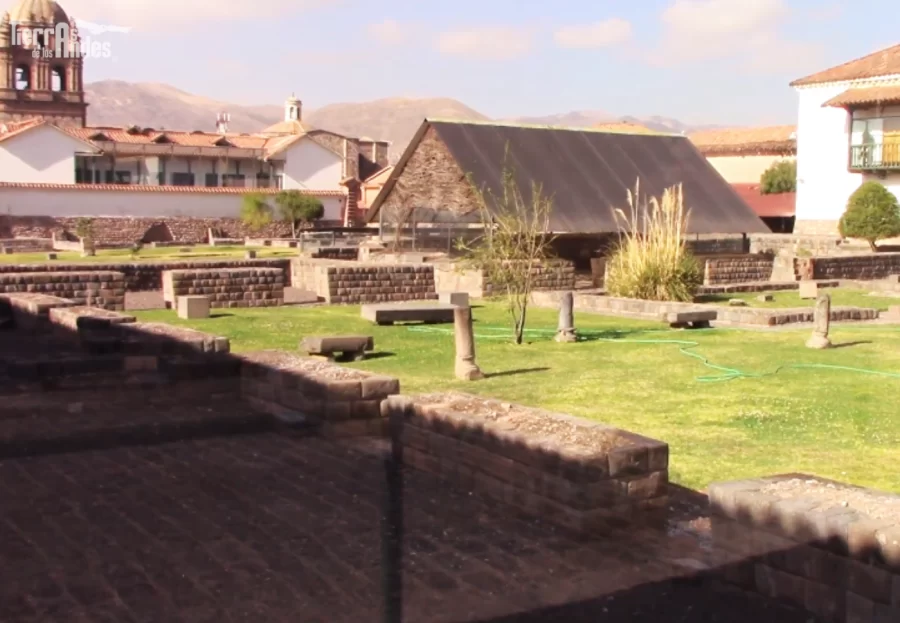
From the Plaza de Armas of Cusco we must go to Loreto street which is on the side of the church Compañía de Jesús, this road will take you to Maruri street and from there we go to Romeritos street; from there we can already see the Palace of Kusicancha because it is surrounded with glass windows that allows us to see the whole place.
It is said that only with Pachacutec urbanizes the city in which they will divide houses and sacred sites such as the Qoricacancha and Kusicancha Palace functioned as communal housing, in which its urban layout of this space is orthogonal, then we will see all you can see inside this great Inca construction:
-Courts: It has a quadrangular shape, it is characterized because it has a central distribution courtyard, in which each court has 8 enclosures distributed symmetrically; two on each side which means two enclosures to the east side, two to the west, two to the north and two to the south.
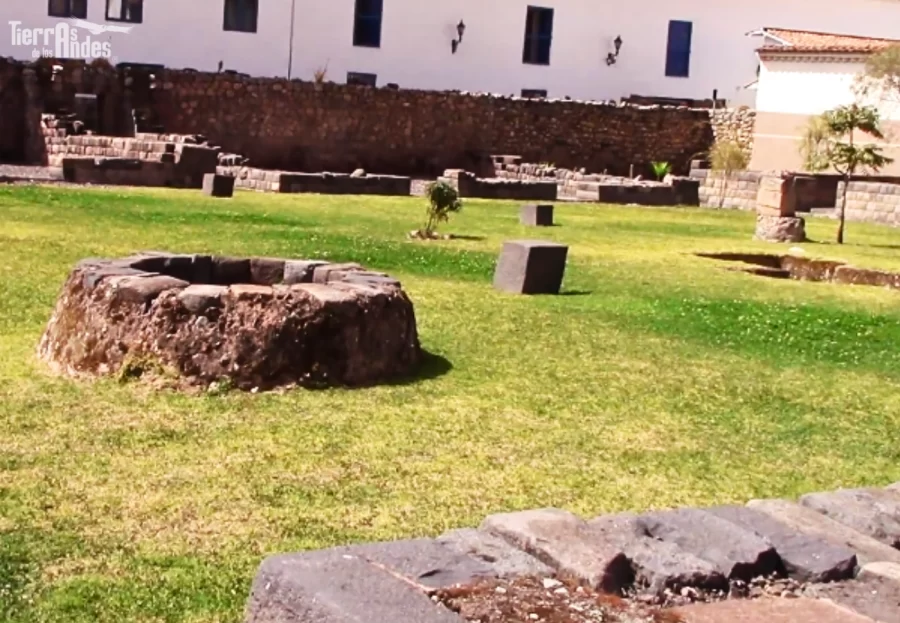
-Streets: It was divided into longitudinal and transversal streets, the width of these streets measured approximately 2.65 m and consisted of canals.
-Walls: We also see an adobe wall that tops a stone structure, the wall is characterized because it has trapezoidal shaped niches and the top of these niches is wood with the soguilla made of straw that are evidence of this Inca period.
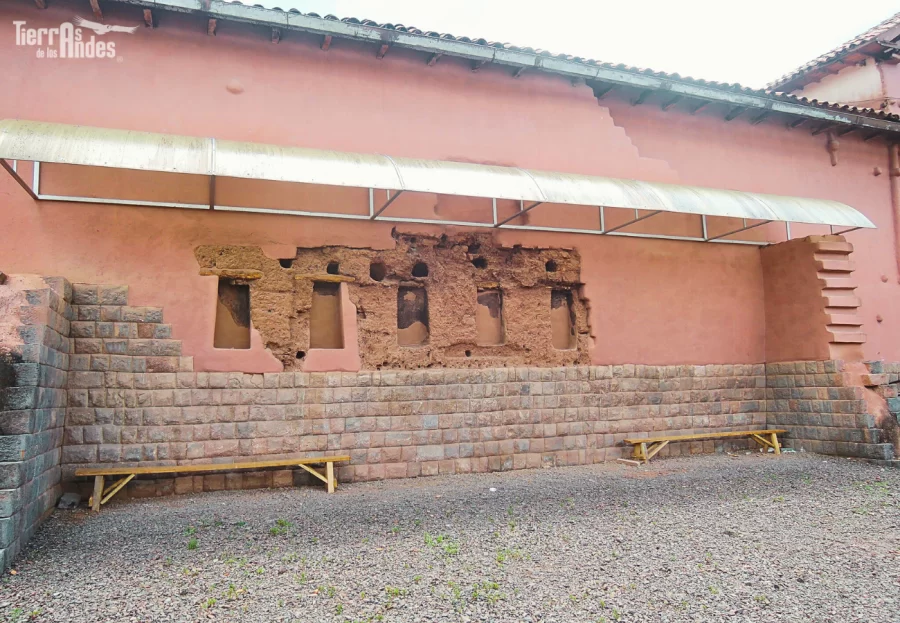
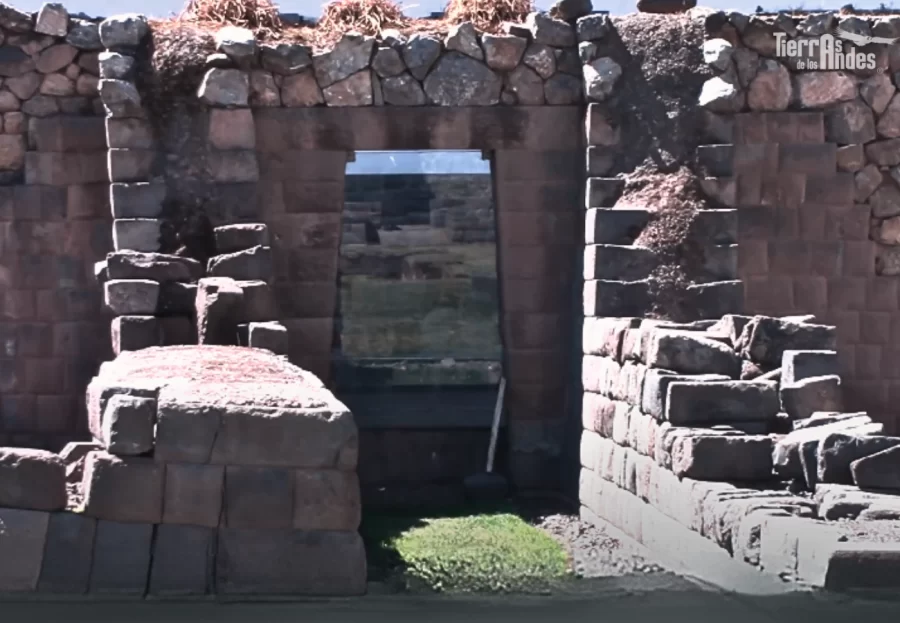
-Doorways: The doorway consisted of two stone jambs and faced directly onto the central courtyard.
-Canals: Before the Incas, there is some architectural evidence of canals from the Killke period (1200 - 1300 A.D.).
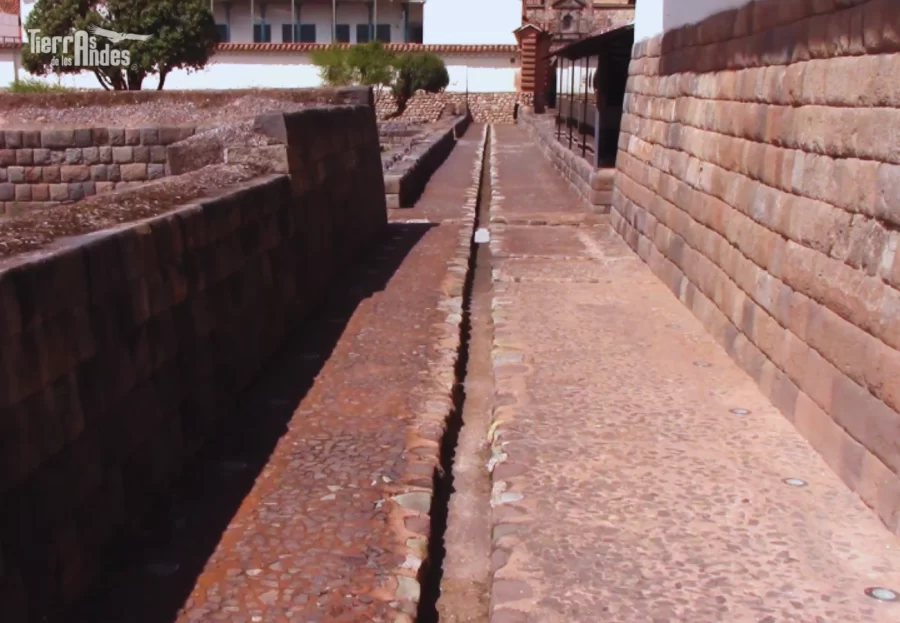
-Archaeological Remains: A set of compact clay objects were found, some cooked and others uncooked on ashes and charcoal, considered to have been used for the aríbalos.
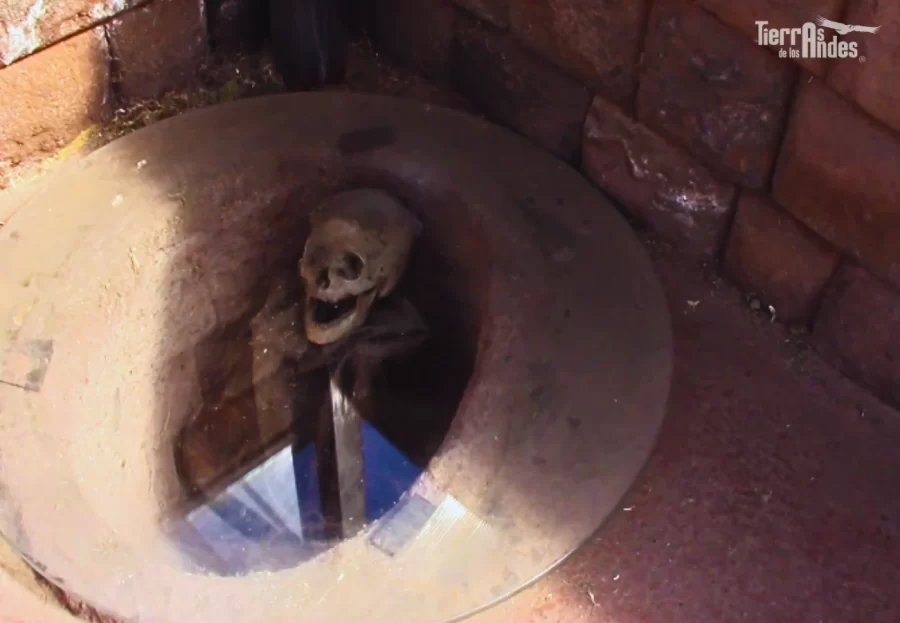
There were found architectural elements such as column bases, shafts among others, also found artesian wells that could have corresponded to that time and be used in the Republican era, then there is the mansion that is now occupied by the Decentralized Directorate of Culture.
Finally, we see an arch built between Colonial and Republican times, you can see stone constructions of transition with Inca style, colonial and republican walls, there are also 17 burial contexts found in sectors 1 and 2: of which 2 belong to killke burials and 15 to Inca burials, the people were seated with the lower and upper limbs bent, next to them were found tupos, depilators, metal plates, metal spheres, knives, fragments of aríbalos, etc.
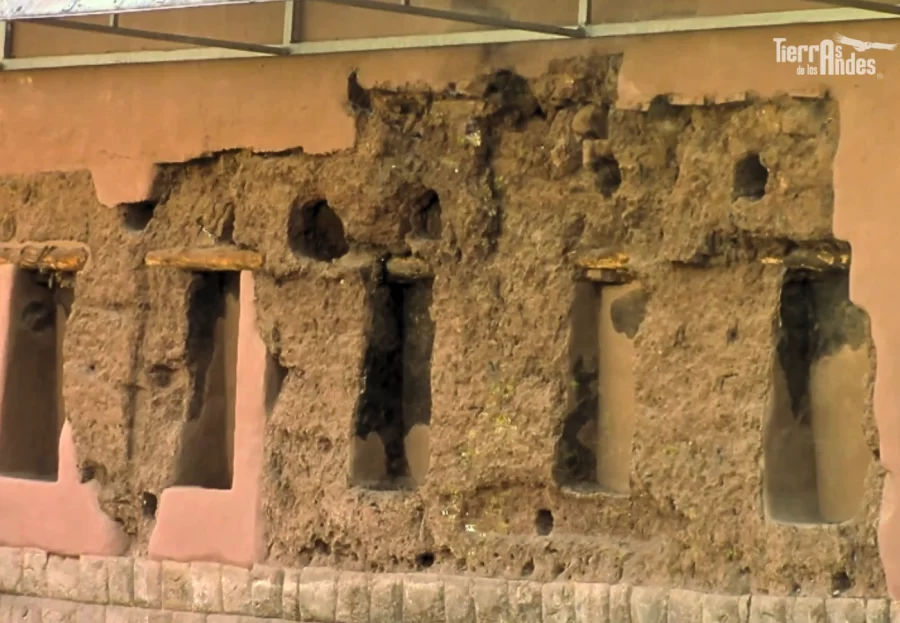
To visit the Kusicancha Palace you can visit every day of the week from 8 in the morning to 5 in the afternoon, admission to this site is free.
In conclusion, the Kusicancha Palace was a housing center located in front of the Inca religious site Qoricancha, since it is said that in this site they made the preparations to then just take them to the temple of Qoricancha, also before the Incas occupied this place they already inhabited the pre-Incas belonging to Cotacalle, Lucre and Killke.
Over time it became the property of the Peruvian State in charge of the Decentralized Directorate of Culture of Cusco, which is in charge of restoration and conservation.
